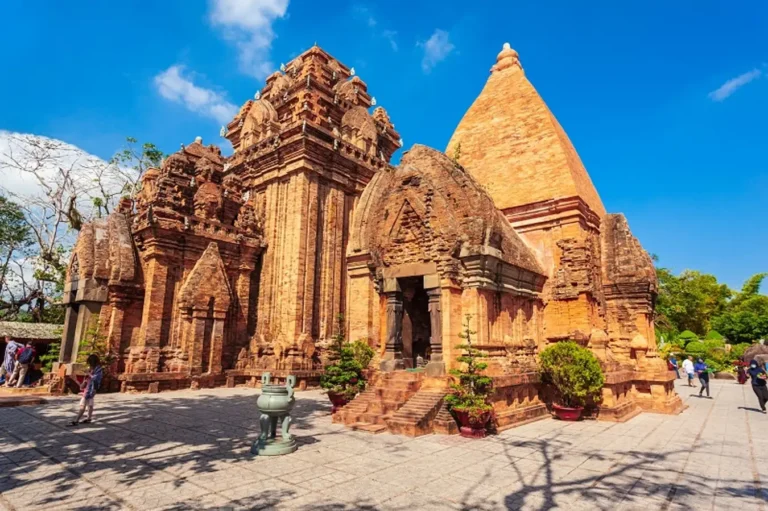Perched gracefully on the banks of the picturesque Cai River, the Ponagar Temple in Nha Trang stands as a majestic testament to the rich cultural tapestry of Vietnam. This ancient temple, a revered relic of the Cham civilization, transports visitors back to a time when art and spirituality were intricately woven into the fabric of everyday life. Built between the 7th and 12th centuries, Ponagar Temple, or Thap Ba as it is locally known, embodies the architectural prowess and spiritual depth of the Cham people.
This enchanting site, dedicated to the goddess Yan Po Nagar, seamlessly blends Hindu and Buddhist influences, reflecting the diverse religious history of the region. As visitors ascend the temple’s stone steps, they are greeted by the rhythmic sound of ceremonial drums and the scent of incense, setting the stage for an experience that is as spiritually uplifting as it is culturally enriching. Ponagar Temple is not just a monument of historical significance; it’s a living, breathing part of Nha Trang’s heritage, inviting explorers and seekers alike to delve into the mysteries of the past and the tranquility of the present.

